Faculty in the News

Salmon and other migratory fish play crucial role in delivering nutrients
Pacific salmon can play a key role in transporting nutrients from marine to freshwater and terrestrial ecosystems.
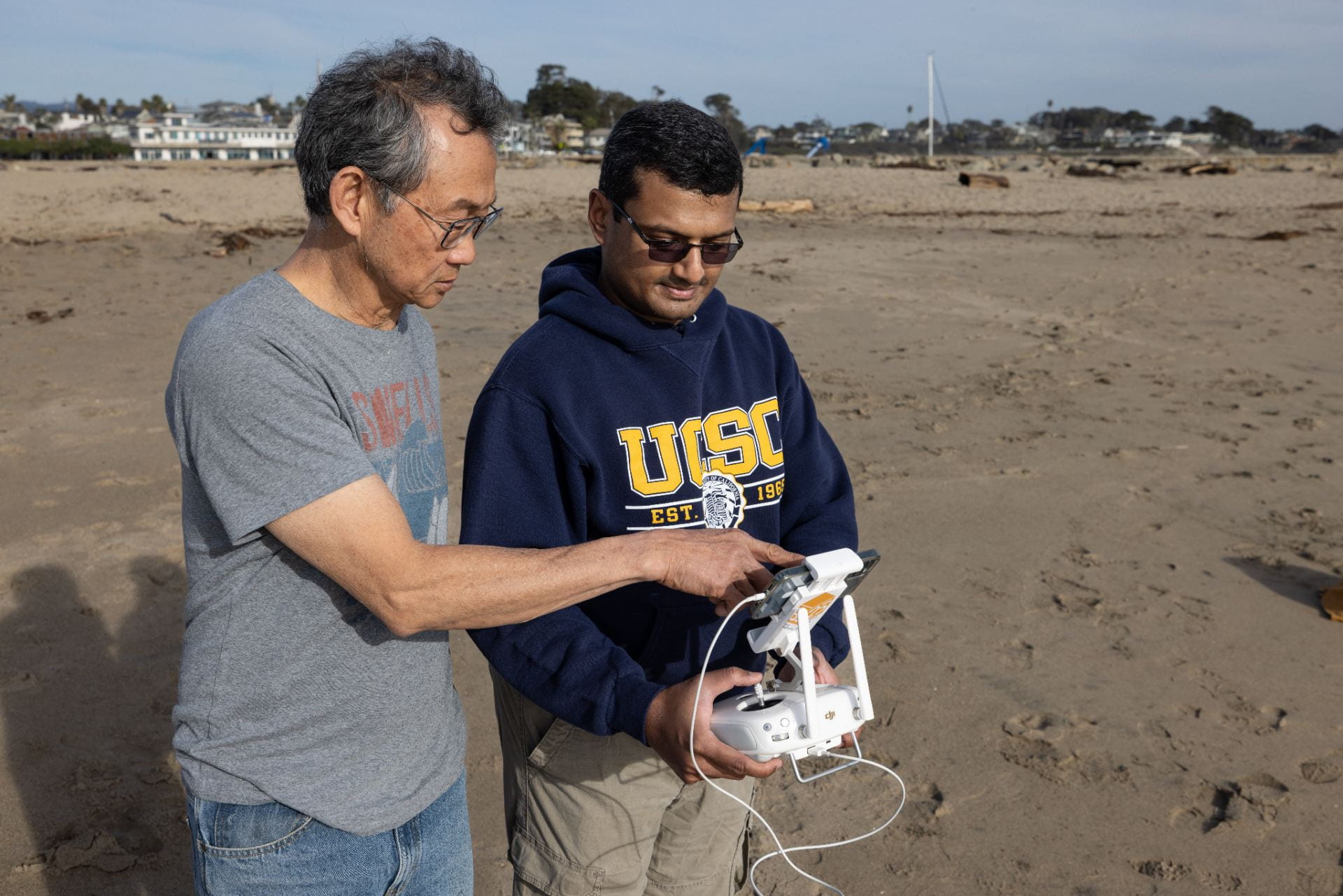
UC Santa Cruz researchers build AI to prevent drownings
UC Santa Cruz researchers are developing potentially lifesaving artificial intelligence technology that can monitor shoreline change, identify rip currents, and alert lifeguards of potential hazards.
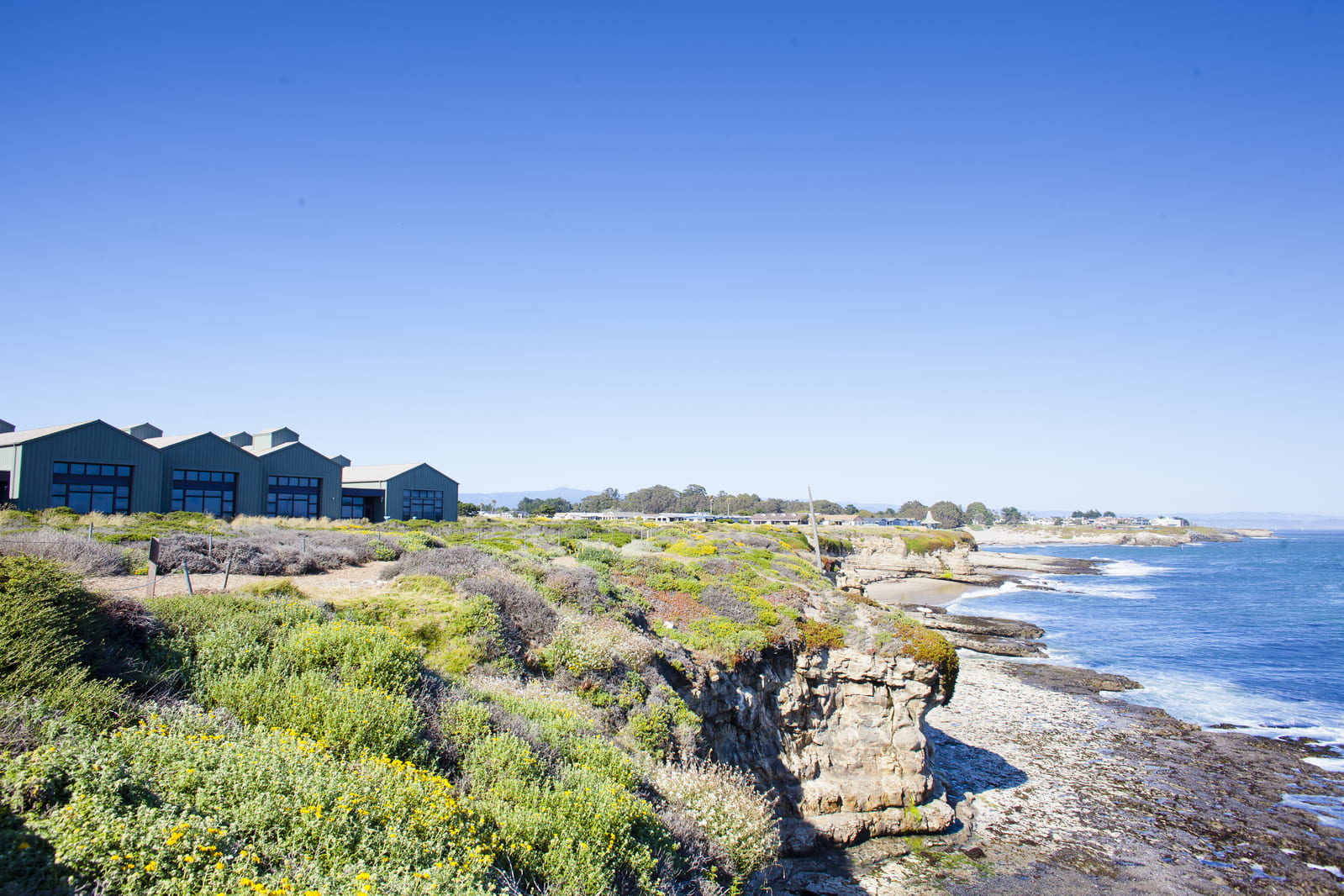
Photos | New exhibits welcome guests at Seymour Marine Discovery Center
The Seymour Marine Discovery Center completed a redesigned exhibit space with a focus on interactive experiences that feature stories of local climate resilience.
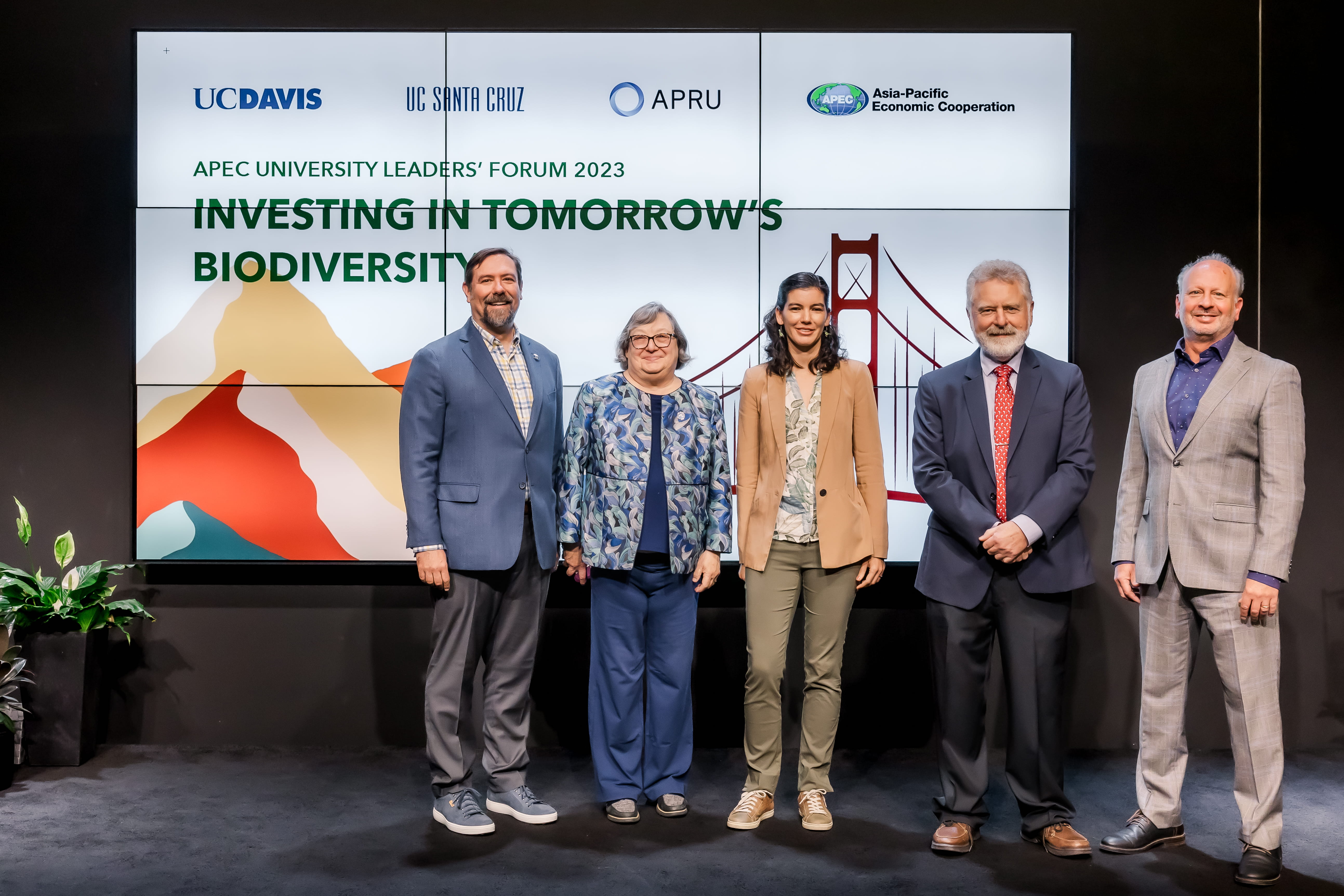
APEC University and SF startup CEO look at ways to help sustainability policies
The APEC University Leaders Forum drew more than 130 university presidents, professors, researchers, and politicians from APEC’s 21 member economies to San Francisco’s Commonwealth Club.
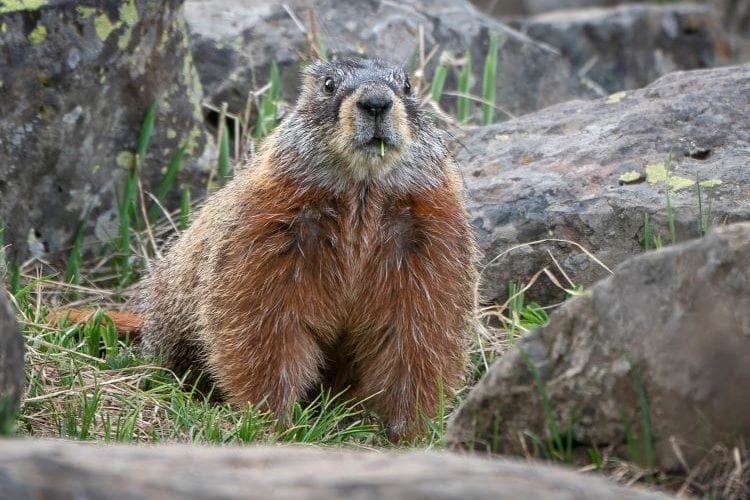
These Animals Are Already Adapting to a Changing Climate
Scientists expect species will have to move upward in elevation or latitude to cope in a warming world. However, in California, many animals have been adapting to their mutating environments in ingenious ways.
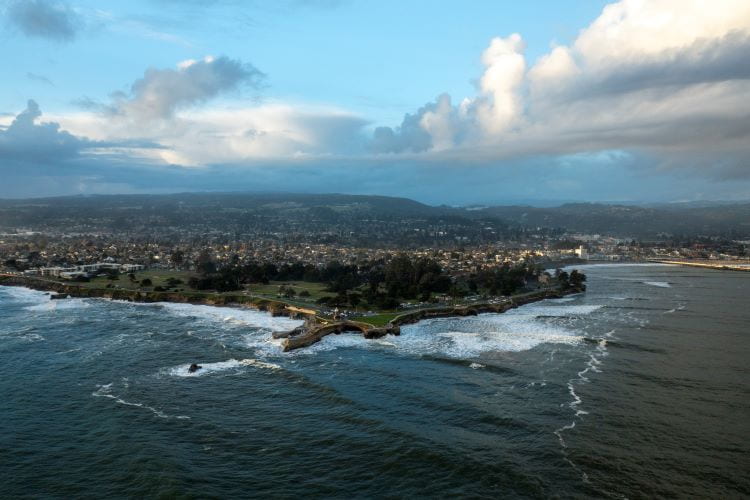
Op-Ed: There’s one big climate fight that California is losing
CCCR Director Mike Beck makes the case for incentives or government requirements to advance climate adaptation projects.
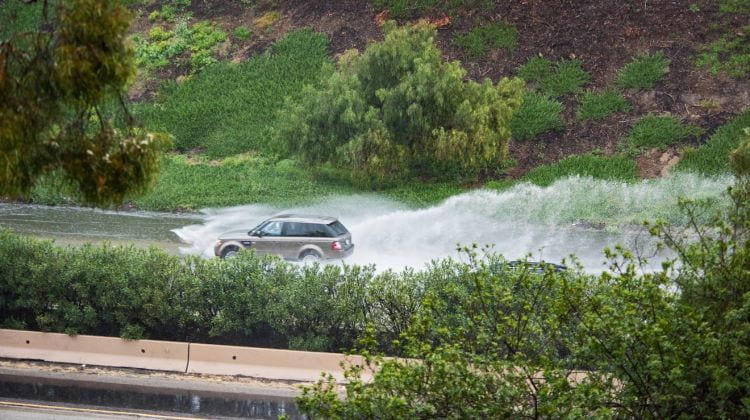
How California could save up its rain to ease future droughts — instead of watching epic atmospheric river rainfall drain into the Pacific
California has seen so much rain that farm fields are inundated and normally dry creeks and drainage ditches have become torrents of water racing toward the ocean. Yet, most of the state remains in drought.
All that runoff in the middle of a drought begs the question — why can’t more rainwater be collected and stored for the long, dry spring and summer when it’s needed?

Can’t make sense of record-breaking weather? Take a trip to Art Souterrain
Micha cárdenas – The Probability Engine: Permafrost and Ice
Location: Place de la cité international, ground floor
An immersive installation involving augmented reality and life-sized sculptures — forms that have been 3D printed using recycled materials — this project by micha cárdenas lets you see what would happen if Canada’s boreal permafrost melted away.

UCSD-UCSC Coastal Project Highlights Importance of Building Local Resilience to Climate Change
Climate change is a global problem, but the solutions and mitigations it requires must consider local needs.
The University of California at Santa Cruz’s Center for Coastal Climate Resilience is working on a project to explore local mitigations along with UC San Diego’s Scripps Institution of Oceanography and the San Diego Supercomputer Center, using cutting-edge technology and natural structures to model climate solutions.

Can the smell of fog help fight climate change? UCSC professor thinks we need art to get serious about climate change
Jennifer Parker doesn’t believe science can solve climate change. At least, not alone.
To stir people to action, the UC Santa Cruz professor of digital art and new media believes we also need a sensory push.
“We know about the science,” she says. “But we don’t know what we can do about climate change. The arts really have this opportunity to close that climate-action knowledge gap.”

UM develops artificial reef as coral restoration efforts put on hold
Florida’s governor came to the Florida Keys on Wednesday to announce a new initiative aimed at restoring the state’s battered coral reefs.
Gov. Ron DeSantis also said the state would invest $5 million in deep-water artificial reefs, designed to help the fishing industry. At the University of Miami’s Rosenstiel School of Marine and Atmospheric Science, scientists are developing an artificial reef system designed to mimic a natural reef, to protect the shoreline against rising seas and powerful storms.
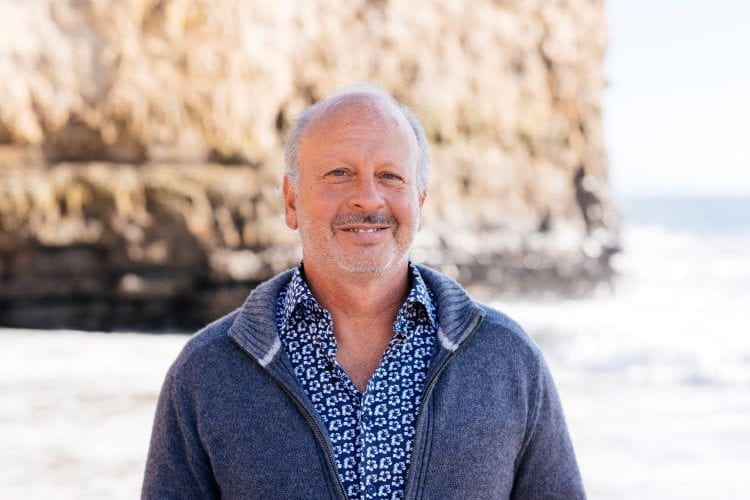
Why California’s beaches are shrinking, and what we can do to save them
Mike Beck has an enviable commute: an eight-mile drive along the coastal bluffs that separate the city of Santa Cruz from the ocean. In his 25 years as a professor of coastal sciences at UC Santa Cruz, Beck has gotten to know the route well — and he’s watched it change a lot.
“I see where waves are now reaching right up to the roadway, or where our barriers get overtopped,” Beck says. “Just driving along that road almost every day for years, I’ve seen our beaches getting thinner and thinner.”

Letting the Cliff Crumble
UCSC Professor, Mike Beck, director of the Center for Coastal Climate Resilience, believes “moving back,” also called planned relocation or managed retreat, also isn’t a viable solution for West Cliff despite the fact it’s another key strategy of the 50-Year Vision.
“To me, it’s simply an easy way to kick the can down the road and pretend like it’s actually a strategy,” Beck says.
While there are some places where managed retreat could work, they are very limited in where and how they’re done, he says. “It’s a strategy that lacks clarity or cost. It’s mostly a way to avoid direct discussion of the real set of options or the full set of options.”

UC Santa Cruz awarded portion of federal coastal resiliency grant
UC Santa Cruz will receive more than $2 million in federal grant funding from the total $71.1 million recently awarded to the California Marine Sanctuary Foundation to boost the resiliency of coastal communities threatened by sea level rise and extreme weather.
The $71.1 million grant was awarded to the California Marine Sanctuary Foundation to lead a coalition of partner organizations to fight the effects of climate change in the Monterey Bay region such as California State Parks, local governments and UCSC, among others.

With Dams Removed, Salmon Will Have the Run of a Western River
CCCR is supporting UCSC Fisheries Collaborative Program, NOAA Fisheries, and the Yurok Tribal Fisheries Department’s work to restore the Klamath River’s resilience to declining salmon populations and support the people who are connected to the river.
“Salmon is really everything for us. The health of the river is literally our health,” said Brook Thompson, Yurok Tribe member and University of California, Santa Cruz PhD student.

Fire-Weary Lake County Again Faces a Tough Recovery and Questions Over Rebuilding
UC Santa Cruz professor Miriam Greenberg, who studies the effects of climate catastrophes like fires on housing in the wildland-urban interface, cautioned the city and its residents to think about whether rebuilding in Clearlake is a good idea.
“It’s a question that should be asked sensitively because a fire may have already displaced them from an affordable housing community,” she said. “We haven’t had these conversations about fire-prone areas, but it’s beginning to happen.”

UC study addresses the nexus of the housing crisis, climate change, and habitat loss
Miriam Greenberg, a professor of sociology at the University of California, Santa Cruz, is leading a large-scale, interdisciplinary study to understand how lack of affordable housing in urban areas and increased pressure for housing beyond the city limits affects the growth of the wildland urban interface (WUI), where the fringes of development reach into natural areas.
“Bringing those conversations together and showing people how these crises are related can help to center the critical need for affordable urban housing as part of the climate action and sustainability movement,” said Miriam Greenberg.

An overlooked side-effect of the housing crisis may be putting Californians at increased risk from climate disasters
In a new article for the journal Proceedings of the National Academy of Sciences, UC Santa Cruz researchers laid out the foundation for their highly-anticipated upcoming study of how lack of affordable housing in urban areas of California may be driving increased development in and near wildlands, leading to more severe climate change impacts.

Silicon Valley Renegades Pollute the Sky to Save the Planet
Sikina Jinnah, a professor studying solar geoengineering at the University of California, Santa Cruz, shares her concerns about entrepreneurs who are independently releasing sulfur dioxide into the stratosphere to try to tackle global warming.
A two-day symposium at the Seymour Marine Discovery Center in Santa Cruz brought together insurance executives, coastal scientists, and politicians to rethink how to protect areas and people that are seeing increasingly worse natural disasters.

Indigenous Leaders Say ‘We Want to Be Part of Conversations’
A network of Indigenous leaders from across the country recently convened for a dialogue to amplify their voices and address environmental issues in their indigenous spaces.

Stuck in the muck: Scientists study carbon trapped by Elkhorn Slough
Center Science Communications Fellow, Mark DeGraff reports for the Monterey Herald on Center Principal Investigator Adina Paytan and her team’s research on measuring how much carbon dioxide Elkhorn Slough Reserve can capture and store from the atmosphere.
Short for environmental DNA, eDNA allows scientists and communities to detect and track species without needing to see them directly, offering a more efficient way to study ecosystems.
Backed by a $100,000 grant from the Center for Coastal Climate Resilience (CCCR), and with support from OpenLab, UC Santa Cruz cosmologist Alexie Leauthaud-Harnett is leading a multi-year project to study the agricultural potential of rainwater harvesting.

How Beaches are affected by Climate Change
The Center’s Research Director, Patrick Barnard, recently spoke with ABC News about the alarming impact of climate change on coastlines, and what needs to happen next. He emphasizes the urgency of moving past debates and toward solutions.
“We could lose up to 80% of our present-day beaches. Effectively, we’re drowning our beaches. We need to move to thinking about solutions as a global community and not arguing about the science itself.”
In April 2025, the California Department of Insurance (CDI), in collaboration with the Center for Coastal Climate Resilience and Senior Fellow Heather Tallis, co-hosted a workshop to explore the feasibility and necessity of insuring urban forests. This report is an outcome of that meeting.
The California Department of Insurance (CDI) recognizes the essential role that healthy ecosystems play in building resilience to climate change and preventing biodiversity loss. As climate change and other human drivers continue to weaken and damage ecosystems, communities are losing benefits from nature and facing heightened risks. Innovations in insurance are being explored as a means to invest in healthy ecosystems and reduce risks to communities.



